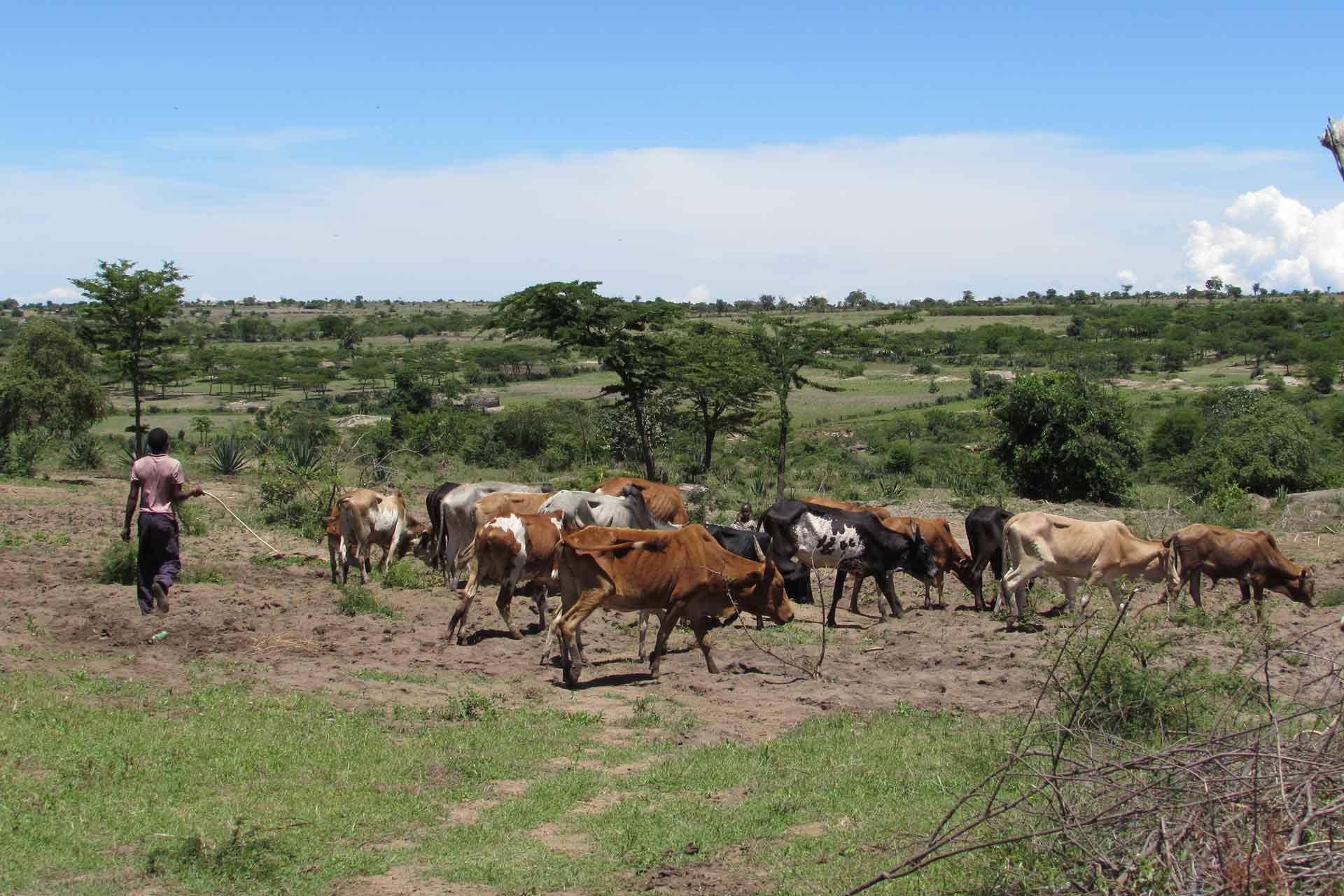Distinguishing low frequency mutations from RT-PCR and sequence errors in viral deep sequencing data
RNA viruses have high mutation rates and exist within their hosts as large, complex and heterogeneous populations, comprising a spectrum of related but non-identical genome sequences. Next generation sequencing is revolutionising the study of viral populations by enabling the ultra deep sequencing of their genomes, and the subsequent identification of the full spectrum of variants within the population. Identification of low frequency variants is important for our understanding of mutational dynamics, disease progression, immune pressure, and for the detection of drug resistant or pathogenic mutations. However, the current challenge is to accurately model the errors in the sequence data and distinguish real viral variants, particularly those that exist at low frequency, from errors introduced during sequencing and sample processing, which can both be substantial. We have created a novel set of laboratory control samples that are derived from a plasmid containing a full-length viral genome with extremely limited diversity in the starting population. One sample was sequenced without PCR amplification whilst the other samples were subjected to increasing amounts of RT and PCR amplification prior to ultra-deep sequencing. This enabled the level of error introduced by the RT and PCR processes to be assessed and minimum frequency thresholds to be set for true viral variant identification. We developed a genome-scale computational model of the sample processing and NGS calling process to gain a detailed understanding of the errors at each step, which predicted that RT and PCR errors are more likely to occur at some genomic sites than others. The model can also be used to investigate whether the number of observed mutations at a given site of interest is greater than would be expected from processing errors alone in any NGS data set. After providing basic sample processing information and the sites coverage and quality scores, the model utilises the fitted RT-PCR error distributions to simulate the number of mutations that would be observed from processing errors alone. These data sets and models provide an effective means of separating true viral mutations from those erroneously introduced during sample processing and sequencing.
Back to publications
